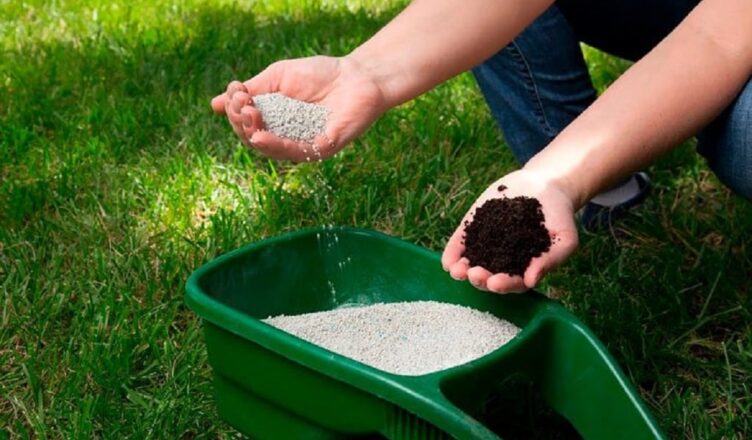Australia’s diverse climate and soil conditions mean that lawns can be susceptible to a wide variety of weeds. These invaders can quickly take over a healthy lawn if not properly managed. Here’s a guide to some common lawn weeds Australia how to identify them, and effective methods for controlling them.
Common Lawn Weeds in Australia
1. Bindii (Soliva sessilis)
- Identification: Small, flat, fern-like leaves with spiky seed pods that cause pain when stepped on.
- Control: Apply a selective broadleaf herbicide in late winter or early spring before the seed pods develop. Regular mowing and maintaining a healthy lawn can also help prevent infestations.
2. Clover (Trifolium spp.)
- Identification: Trifoliate leaves with white or pink flowers. Often forms patches in the lawn.
- Control: Use a selective broadleaf herbicide. Fertilizing your lawn with a high-nitrogen fertilizer can also reduce clover, as it thrives in low-nitrogen soils.
3. Dandelion (Taraxacum officinale)
- Identification: Rosette of jagged leaves with bright yellow flowers that turn into white, fluffy seed heads.
- Control: Pull out individual plants by hand, ensuring the removal of the taproot. Apply a selective broadleaf herbicide to larger infestations.
4. Winter Grass (Poa annua)
- Identification: Light green, low-growing grass with soft, flat leaves and a fibrous root system. Produces seed heads in cooler months.
- Control: Apply a pre-emergent herbicide in late summer to early autumn before the seeds germinate. Maintaining a dense, healthy lawn can also suppress winter grass growth.
5. Nutgrass (Cyperus rotundus)
- Identification: Grass-like leaves with a triangular stem and underground tubers. Produces purple-brown seed heads.
- Control: Use a specialized herbicide for nutgrass. Manual removal is challenging due to the underground tubers, so chemical control is often necessary.
6. Creeping Oxalis (Oxalis corniculata)
- Identification: Small, clover-like leaves with yellow flowers. Spreads via creeping stems and can root at the nodes.
- Control: Apply a selective broadleaf herbicide. Regular mowing and good lawn maintenance practices help prevent its spread.
Integrated Weed Management Strategies
-
Maintain a Healthy Lawn: A dense, well-maintained lawn is the best defense against weeds. Regular mowing, proper watering, and fertilization promote healthy grass growth that can outcompete weeds.
-
Regular Monitoring: Regularly inspect your lawn for signs of weed growth. Early detection and treatment can prevent weeds from establishing and spreading.
-
Correct Lawn Care Practices: Avoid overwatering or underwatering, and ensure your lawn is receiving the right nutrients. A balanced fertilizer schedule can strengthen your lawn and make it more resistant to weeds.
-
Manual Removal: For small infestations, hand-pulling weeds can be effective. Ensure you remove the entire root to prevent regrowth.
-
Herbicide Application: Use selective herbicides that target specific weeds without harming your grass. Follow the manufacturer’s instructions carefully for safe and effective application.
-
Pre-Emergent Herbicides: These are applied before weeds germinate, typically in late summer to early autumn. They form a barrier in the soil that prevents weed seeds from sprouting.
Conclusion
Lawn weeds Australia but with proper identification and management, they can be controlled effectively. Maintaining a healthy, dense lawn is your first line of defense against weeds. Regular monitoring and prompt action at the first sign of trouble can prevent weeds from taking over. Whether you choose manual removal or chemical control, following best practices for lawn care will help you enjoy a lush, green, weed-free lawn throughout the year.

